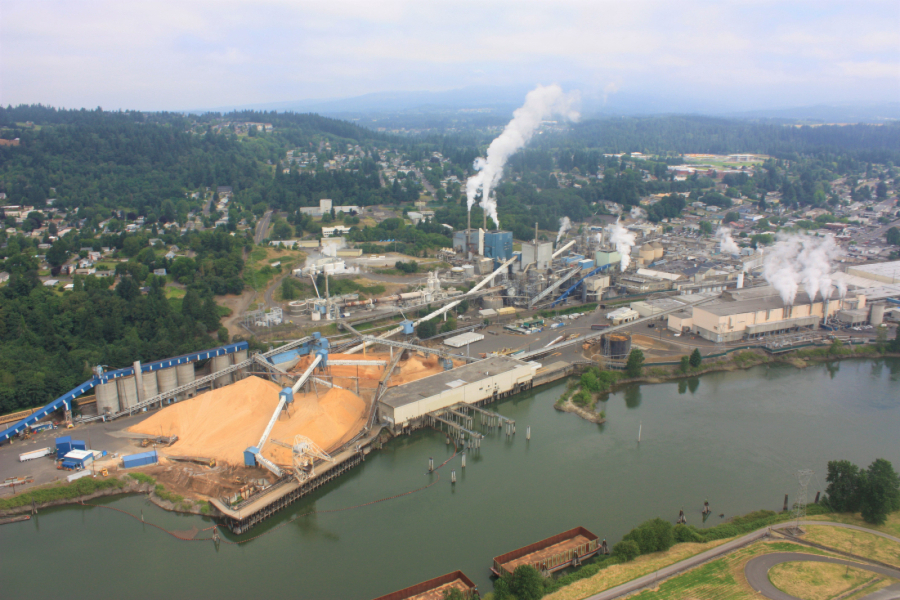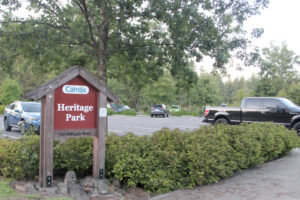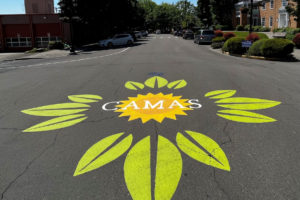Today is the final day for written comments regarding the environmental impact of Georgia-Pacific’s planned removal of Camas paper mill structures located in and over the Columbia River and the Camas Slough.
The city of Camas ruled Aug. 3, that the Georgia-Pacific (GP) demolition project would not have significant adverse environmental impacts and gave the project a “determination of non-significant” pursuant to the Washington State Environmental Policy Act (SEPA) rules.
Members of the public who have environmental concerns regarding the project have until the end of the business day on Thursday, Aug. 17, to submit written comments to communitydevelopment@cityofcamas.us.
At issue is GP’s plan to remove a warehouse, five docks/piers, conveyor housings, an above-ground oil tank, a crane foundation and approximately 3,000 pilings associated with those structures over a three-year period.
In its application for a SEPA determination, GP officials said the company “is planning to remove and demolish several structures associated with prior operations” at the Camas paper/pulp mill and that “the structures to be removed are located in-water and overwater on the Columbia River and Camas Slough and are located within the Shoreline Management Zone of the city of Camas or are in-water within unincorporated Clark County.”



